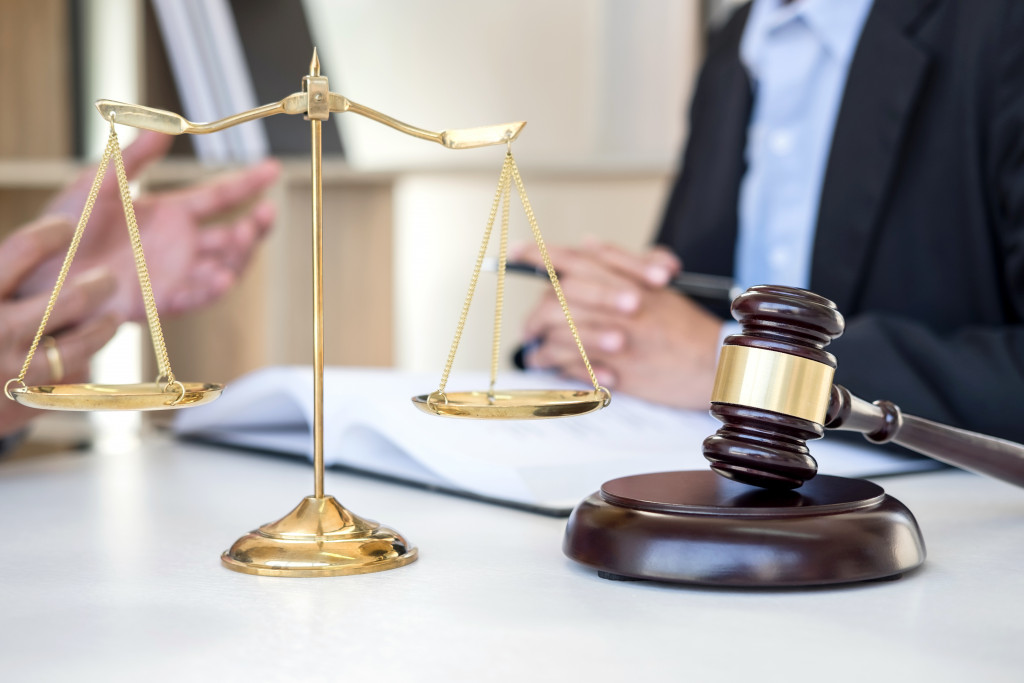Most people are familiar with “intellectual property“ (IP) but may not know exactly what it refers to or how to protect it. Intellectual property, or IP for short, encompasses creative works that can be commercially used. If you have developed something like this, you may want to consider taking steps to protect your intellectual property legally. This blog post will outline the process for doing so.
Registering your domain name
Protecting your IP starts with registering your domain name. Doing this will give you exclusive rights to use that domain name for business or other related activities. When writing a domain name, reserve an online address associated with a specific Internet Protocol (IP) address.
Registering a domain also allows customers to communicate easily with your business online and facilitate online purchases or orders. Additionally, it helps protect your business against potential cybersquatters and fraudulently registering similar domains to further their interests or confuse customers while using a similar-looking web address.
Make sure to look up the local legal provisions before registering any domains, too, since each country might have its own rules regarding domain registration and protecting intellectual property. You may contact a reputable IP law firm to help you properly register and protect your domain names.

Copyrighting your work
Copyrighting your work is a straightforward and cost-effective way to protect your intellectual property (IP). Copyright enables the original creator of a work – music, literature, art, or even software code – to grant permission for how the work can be used, distributed, and modified.
It’s important to understand that legally registering a copyright doesn’t require an attorney; the process involves completing an application with the U.S. Copyright Office, submitting a processing fee, sending copies of the material you seek to protect, and awaiting notice of registration from the Copyright Office. Once registered, creators receive specific levers of protection that may help if their work is stolen or infringed upon.
Trademarking your brand
Developing and protecting a brand requires more than just creating a logo and slapping it on Facebook ads. A trademark is an essential tool for protecting your intellectual property against infringement and dilution of your branding. Given its symbolic value, trademarks generally signal consumers that a particular source has produced the good or service.
Taking the legal steps necessary to secure a trademark is crucial in protecting your product’s identity and gaining recognition in the marketplace. The US Patent and Trademark Office (USPTO) provides guidelines on what kind of content can be protected and instructions on registering for a federal-level trademark.
It is essential to research potential conflicts with other brands when applying for a trademark and be mindful that trademarks are limited within specific geographic areas. So it may be necessary to re-apply or adjust your scope depending on the marketplace.
Filing for patents
Filing a patent is a legal process designed to protect your intellectual property rights. This process involves an application submitted to the relevant governing body, such as the USPTO, which defines the scope of protection.
Once an application is approved, holders will be granted rights over their invention and can take any necessary steps to defend it against potential infringers. It’s important to note that when filing for a patent, applicants should be prepared with thorough research into their invention’s market trends and competitive landscape to ensure successful defense.
Protecting your trade secrets
Protecting your intellectual property (IP) is critical for any business. Because trade secrets appreciate over time, it’s essential to get started on protecting your IP as soon as possible.
The first step is securing confidential information, such as customer lists and financial records. You can limit access to only authorized personnel and use secure storage systems.
Secondly, document the creation dates of all your IP materials, including patents, formulas, and recipes. Additionally, register any trademarks you wish to protect with the relevant authorities. A carefully-devised non-disclosure agreement should cover all employees and contractors exposed to your trade secrets.
Monitoring for infringement
Protecting your IP requires a systematic legal process. Monitoring for infringement is an integral part of this process. It requires identifying potential infringers, then checking across multiple sources and channels to ensure none of your IP is being misused without permission.
Regular monitoring should become a habit – especially if you own high-value trademarks, copyrights, or patents, as those are more likely to be the subject of infringement or plagiarism activity. To watch out for unauthorized use of your work, you can establish a Google Alert or use platforms explicitly designed to track IP theft.
It’s also essential to search through public records databases such as the USPTO Trademark Master Database and the UK IPO Registry sometimes too. This way, it will be easier to catch unauthorized users before they cause damage to your business or reputation.
These steps are important in ensuring that your intellectual property is well-protected. If you see someone using your IP without permission, don’t hesitate to contact a lawyer to discuss your next steps.

